Mastering Plov Essential Tips for Perfect Tajik Rice
11 min read Discover expert tips to perfect Tajik rice and elevate your Plov to authentic, flavorful perfection. July 04, 2025 15:05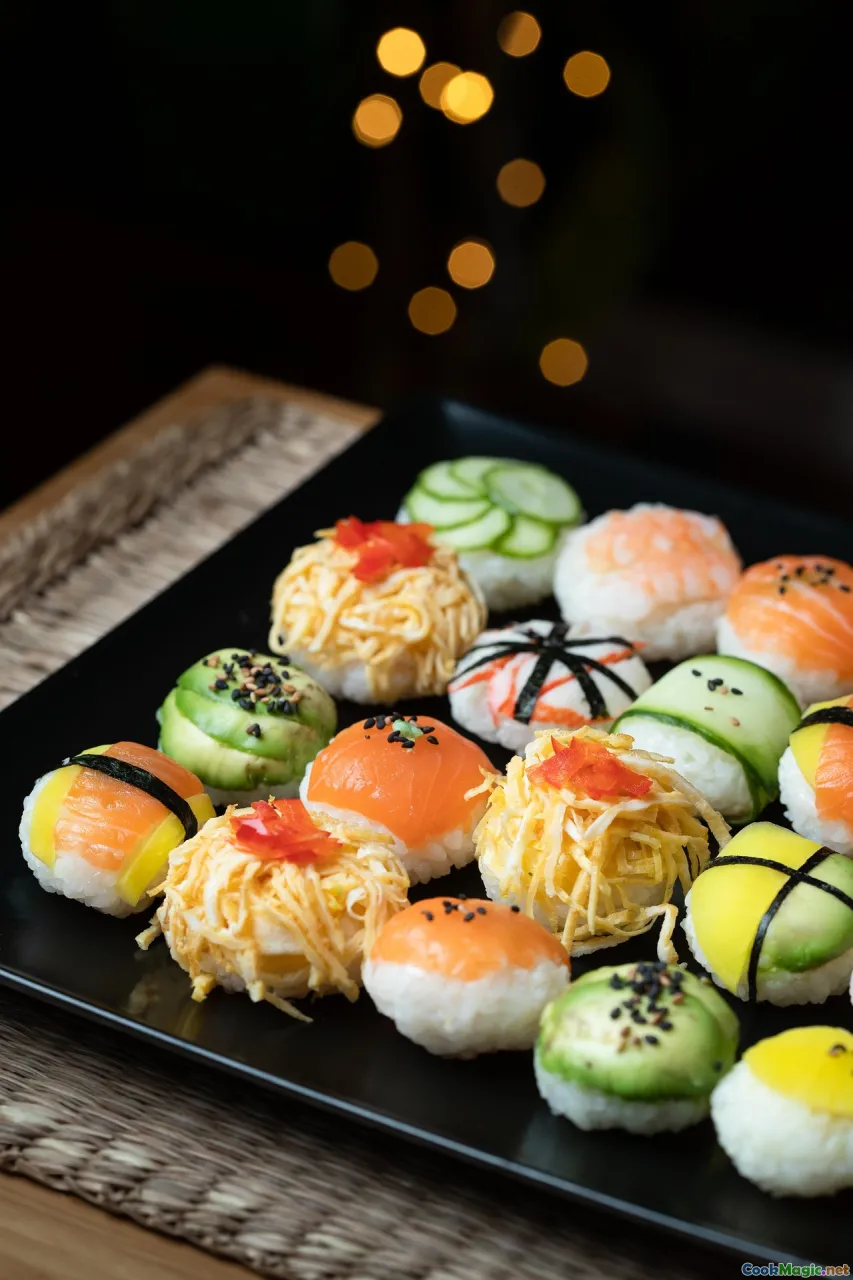
Mastering Plov: Essential Tips for Perfect Tajik Rice
Few dishes evoke the soul of Central Asia quite like plov—a fragrant, hearty rice pilaf that embodies centuries of cultural heritage. In Tajik cuisine, plov isn't just food; it’s a symbol of hospitality, community, and history. Preparing a perfect plov is an art, mastered through patience, precision, and deeply rooted traditions passed down from generation to generation.
It’s within the layers of aroma, texture, and visual richness that the Tajik version of plov reveals its true essence. Today, we delve into the heart of Tajik culinary craftsmanship, sharing essential tips to serve up a plov that hits all the right notes—fluffy rice, tender meat, aromatic spices, and a tapestry of flavors that transport you straight to the silk roads of Dushanbe, or the bustling bazaars of Khujand.
Let your kitchen become a cultural crossroads as we explore how to elevate your plov from good to unforgettable.
Understanding the Cultural Significance of Tajik Plov
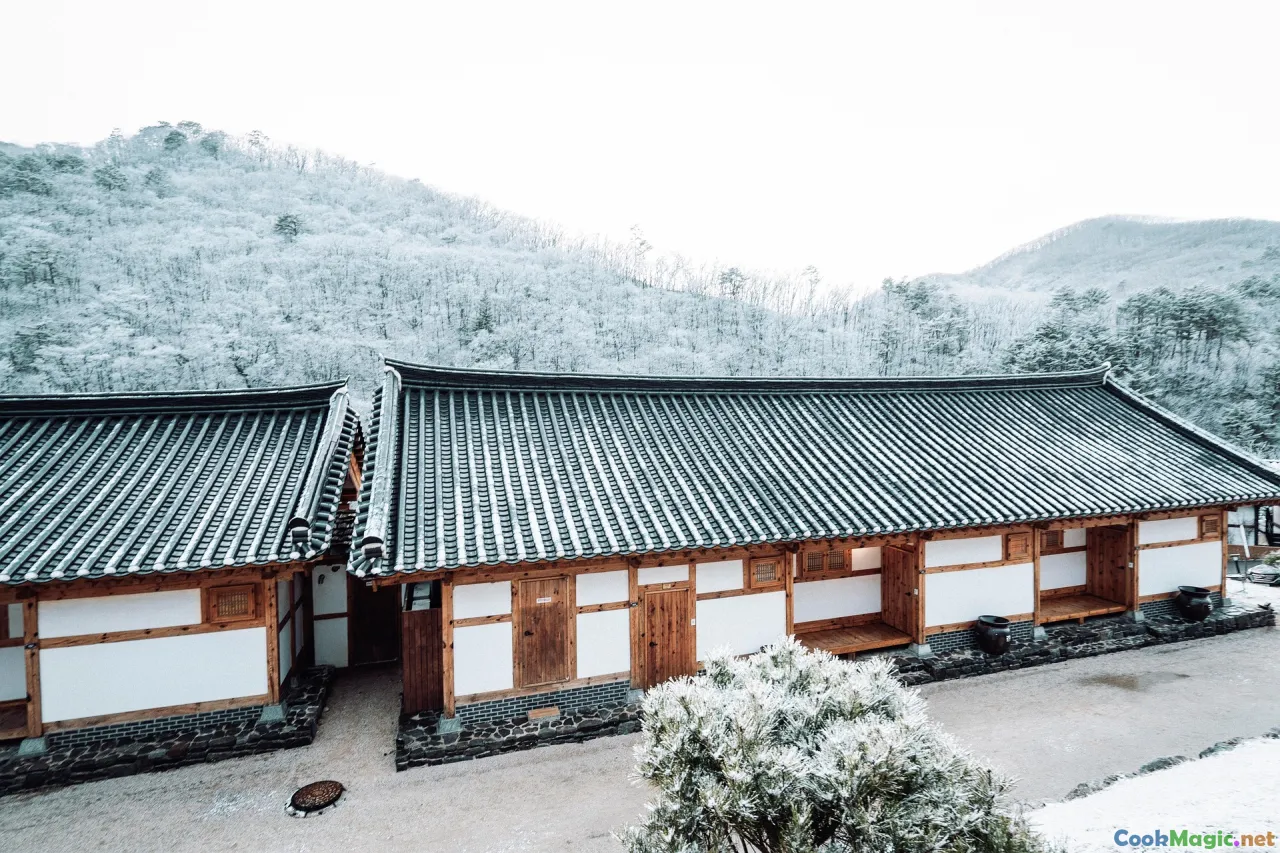
Before unraveling the technicalities, it’s vital to appreciate what makes Tajik plov more than just a rice dish. It’s a centerpiece of Tajik celebrations, family gatherings, and communal feasts. Traditionally cooked in massive kazan (cauldrons) over open flames, the process marries culinary craft with communal ritual.
In places like Bokhara or Dushanbe, each village or even family might have its own twist—some adding dried apricots, others spicing with local cumin or saffron. Yet, at its core, Tajik plov is about layering flavors—meat laid at the bottom, fragrant rice on top, and a melody of spices that permeates every grain. It's an embodiment of Tajik hospitality—designed to nourish not just the body but also the soul.
The Foundations: Selecting the Right Ingredients
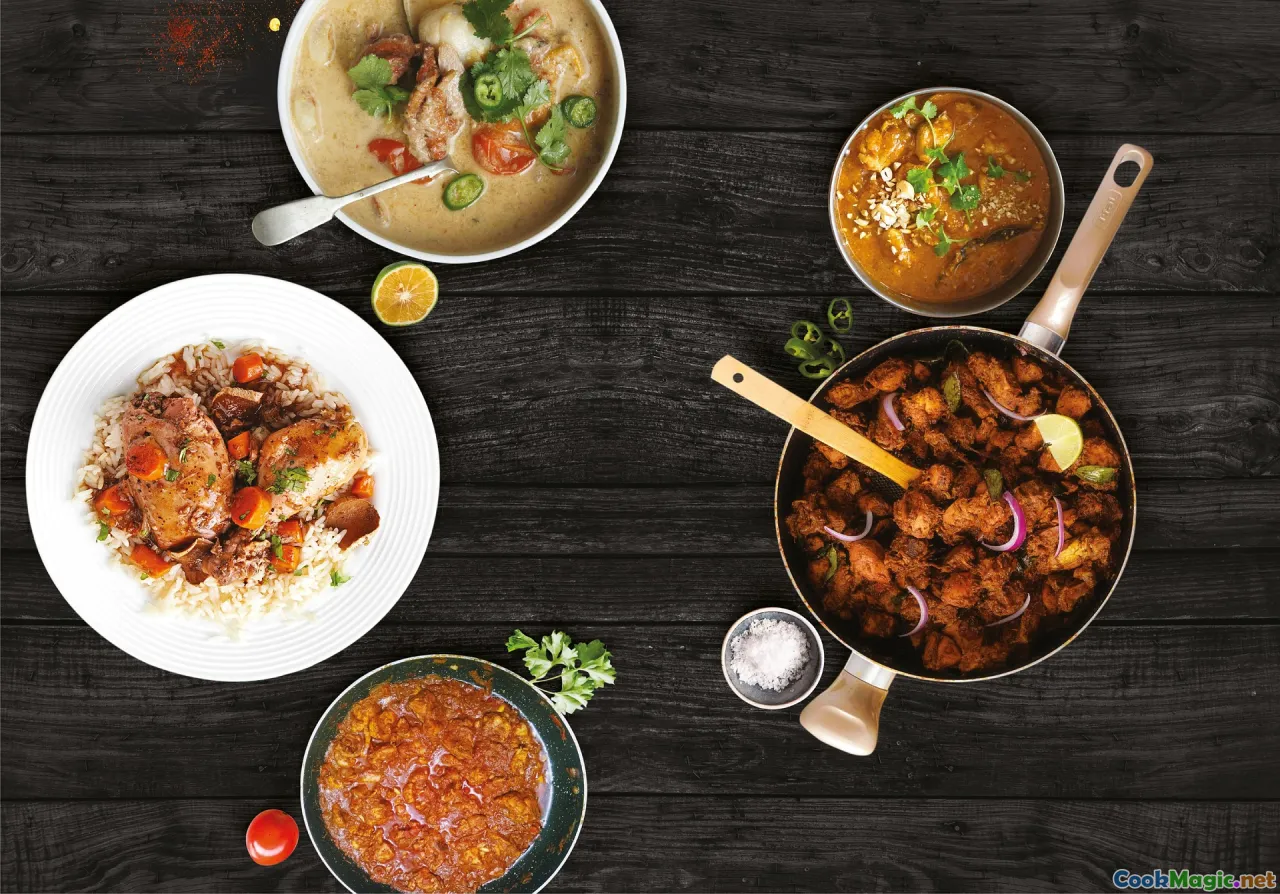
The journey to perfect plov begins with quality ingredients. Each element plays a pivotal role:
Rice
Tajik plov traditionally uses long-grain or slightly medium-grain rice that remains fluffy and separates well after cooking. Look for aromatic, non-sticky varieties like locally sourced Tajik rice or other basmati options if unavailable. Washing the rice thoroughly removes excess starch and ensures each grain cooks to a delicate, non-clumping perfection.
Meat
Mutton is the hallmark of authentic Tajik plov, prized for its rich flavor and tender texture after slow cooking. Some cooks prefer beef, but in Tajikistan, lamb or goat are favorites, offering a hearty, almost sweet-savory infusion. Always opt for fresh, well-marbled cuts.
Vegetables
Carrots are essential—ideally large, sweet, and crisp-tender after cooking. Their color, scent, and sweetness form a vibrant centerpiece.
Spices and Condiments
A pinch of cumin seeds, bay leaves, black pepper, garlic, and saffron elevate the dish’s aromatic profile. Saffron, prized in Tajik cuisine, imparts a golden hue and a subtle floral flavor, echoing luxury and tradition.
Traditional Prep: Step-by-Step Mastery
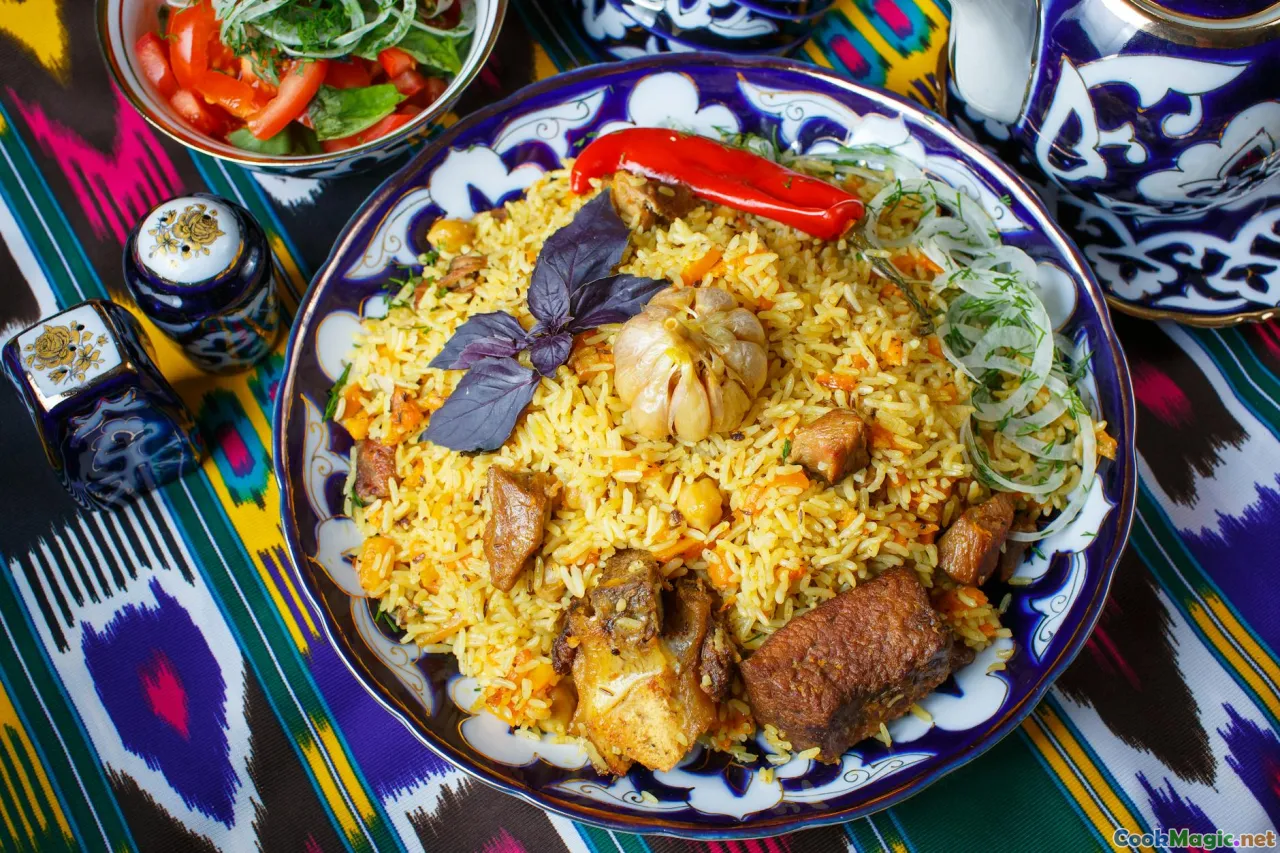
Crafting a sublime plov is a dance of timing and technique. Here’s a detailed guide:
-
Prepare the Meat: Begin by rinsing the meat and chopping it into manageable chunks. In a kazan, heat a generous splash of oil—preferably vegetable or sheep fat—and add chopped onions. Sauté until translucent, then add the meat. Fry until browned, releasing a savory aroma.
-
Add Vegetables and Spices: Toss in sliced carrots, stirring consistently. Inject depth with cumin seeds, bay leaves, and peppercorns. Crush garlic cloves and add them before adding water.
-
Simmer the Broth: Pour enough hot water to cover the ingredients generously. Let it simmer slowly—this infuses the meat and carrots with flavor. The broth should reduce gradually, creating a concentrated base.
-
Prepare the Rice Separately: Rinse rice until water runs clear; soak for about 30 minutes.
-
Layer the Rice: Carefully drain the rice and spread it evenly over the meat and broth in the kazan. Do not stir. Add saffron dissolved in a bit of hot water to the rice, creating a golden color.
-
Cook Without Stirring: Let the kazan simmer on low heat. The rice absorbs the flavorful broth while the meat remains tender. In the final stages, some Tajik cooks narrow the lid tightly, creating a steaming environment—your 'kopala' (lid barrier) traps moisture.
-
The Crunchy Bottom (Tlaka): Towards the end, increasing heat slightly for a few minutes creates the coveted crispy crust at the bottom—a textural testament to your mastery.
-
Rest and Serve: Turn off heat and allow the plov to rest for 10 minutes. Mix gently before serving, ensuring each serving includes bits of meat, carrot, and fluffy rice.
Common Mistakes and How to Avoid Them
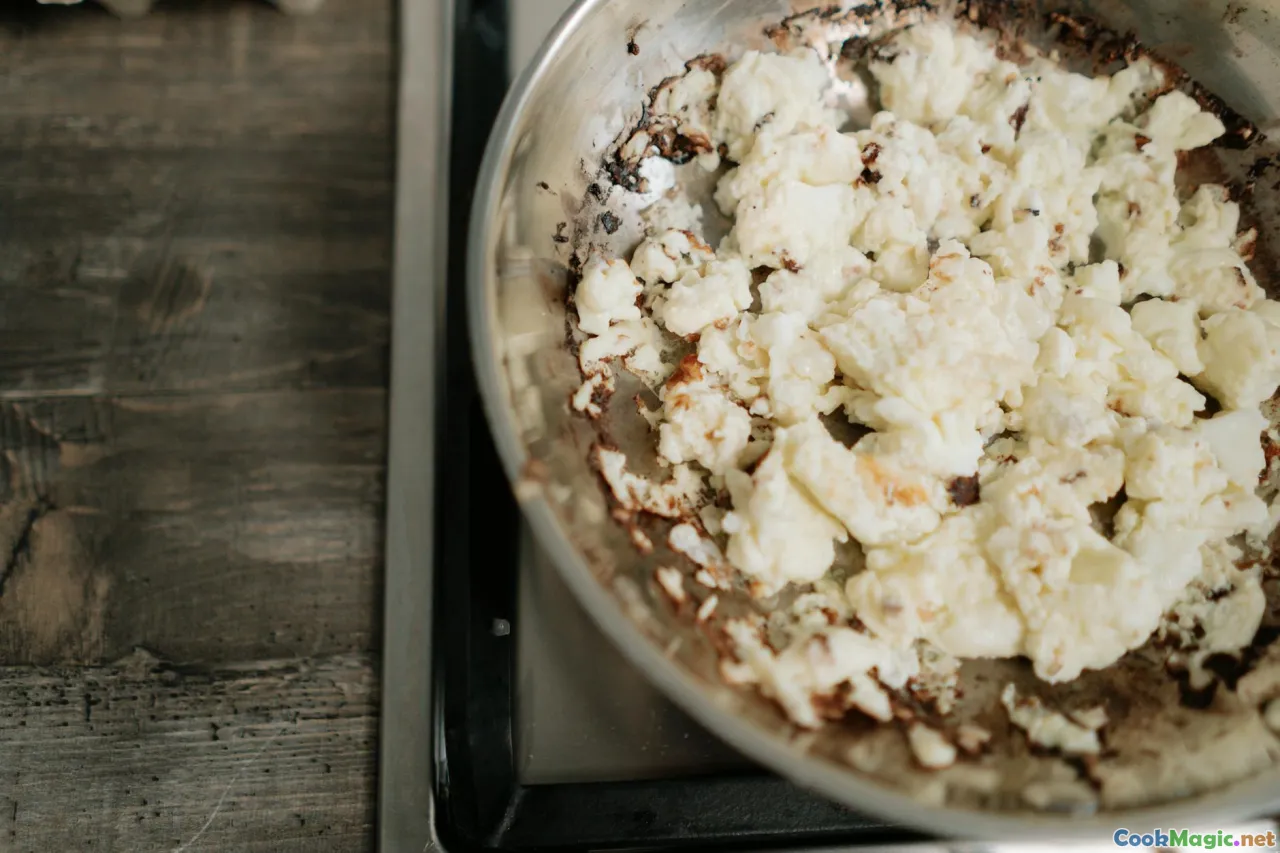
Mastery involves finesse, not just following steps. Here are pitfalls to watch out for:
- Over-stirring the Rice: It ruins the individual grains; layer and protect the rice’s integrity.
- Adding Too Much Water: Can make rice mushy; cook until just absorbed.
- Cooking on Too High Heat for Too Long: Burns the bottom and unevenly cooks the rice; aim for steady simmering.
- Skipping Rest Time: Rushing to serve can make the rice soggy or uneven.
Variations and Personal Touches
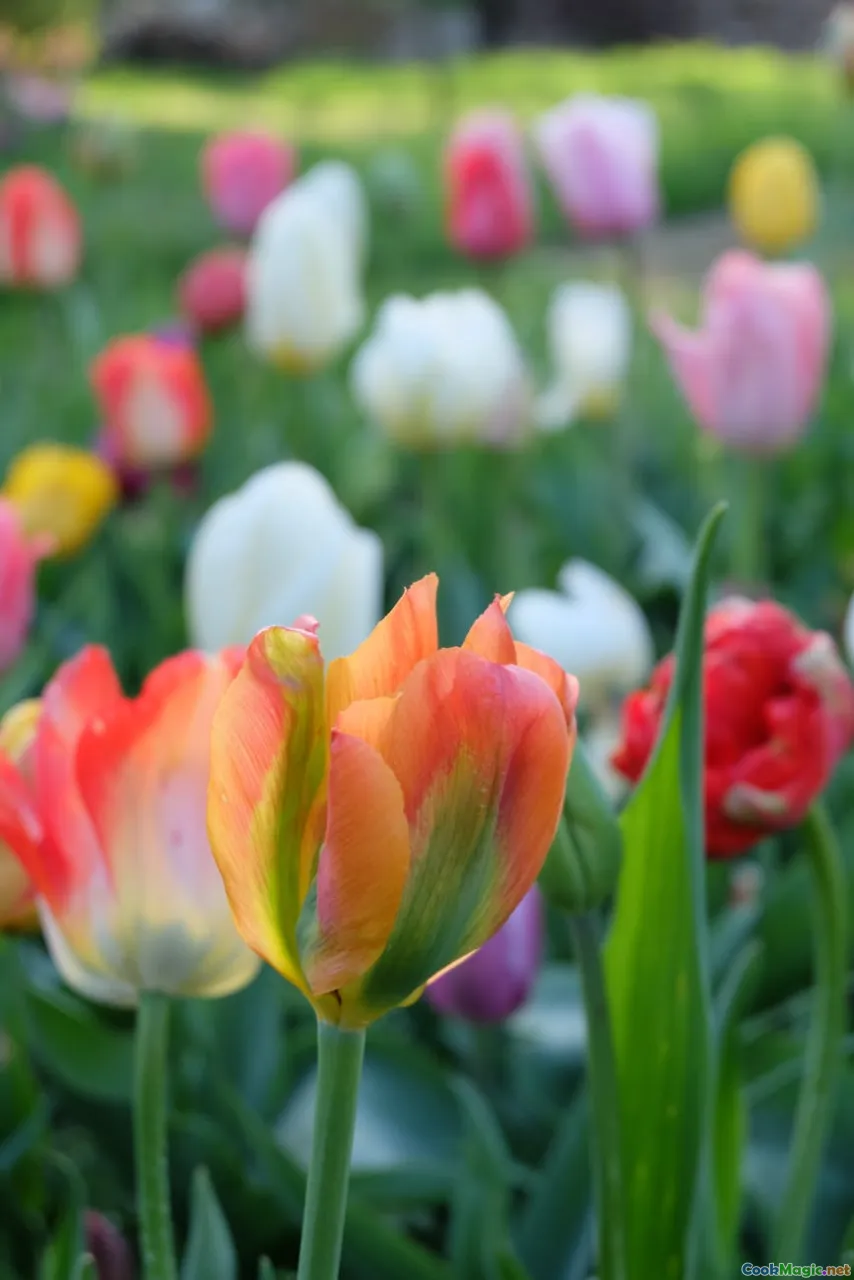
Regional and familial traditions add unique twists:
- Apricots or Dried Fruits: For a sweet contrast.
- Addition of Potatoes or Baqlajon (eggplant): Richness variation.
- Herbal Infusions: Mint or coriander for freshness.
- Varying Meat Cuts: Using chicken for quicker, lighter options.
Each variation bears the mark of the cook, rooted in local produce and personal taste.
Serving and Celebrating Tajik Plov

In Tajik culture, plov is much more than a dish; it’s an act of communal bonding. Serve it straight from the kazan, on a large communal platter, garnished with fresh herbs, slices of raw onion, and perhaps a side of fermented dairy or pickled vegetables.
Family and friends gather around, sharing stories, laughter, and the sensory delight of flavorful bites. Whether during a wedding, a holiday, or the simple warmth of a Sunday gathering, perfect plov fosters unity, warmth, and pride.
The Joy of Perfecting Your Tajik Plov
Cooking plov is a meditative dance with the ingredients—a mix of technique, intuition, and reverence for tradition. Each successful batch carries with it the stories of Tajik ancestors and the promise of hospitality.
As your skills deepen, so too will your appreciation for this layered culinary masterpiece that has traversed Silk Roads and time. The aroma, the smoky crust, the tender meat and delicate rice—each element tells a story worth mastering.
So gather your ingredients, fire up your kazan, and embrace the soulful craft of Tajik plov. With each effort, you bring alive a centuries-old tradition at your own kitchen table, inviting the rich tapestry of Tajik culture into your home.
Bon appétit, or as Tajiks say, "Xush amadid!" — Welcome to the world of Tajik plov mastery.









